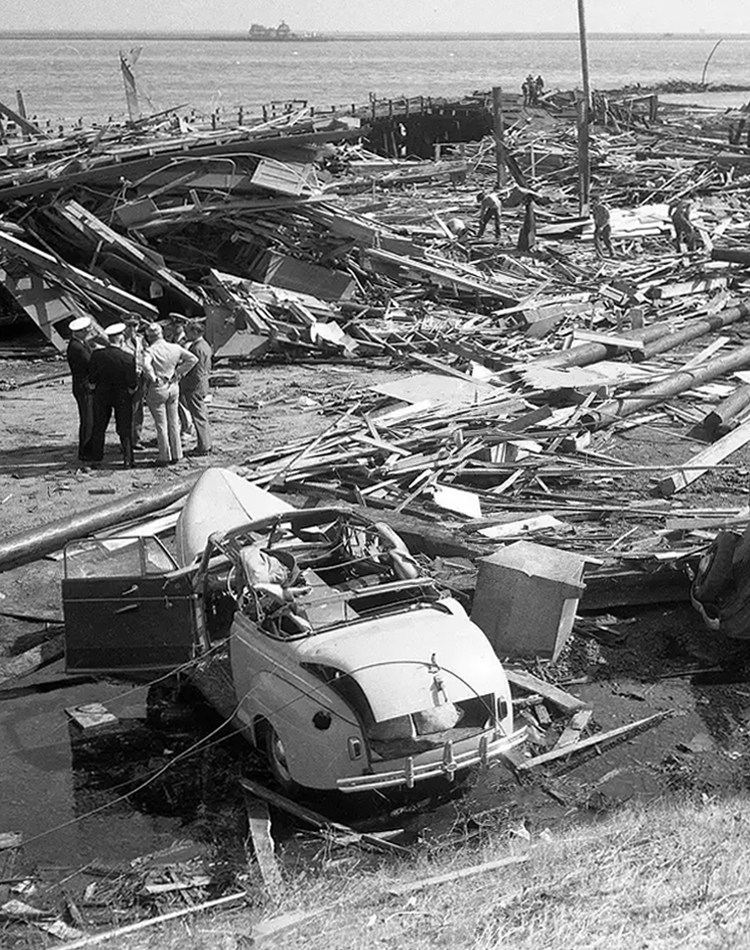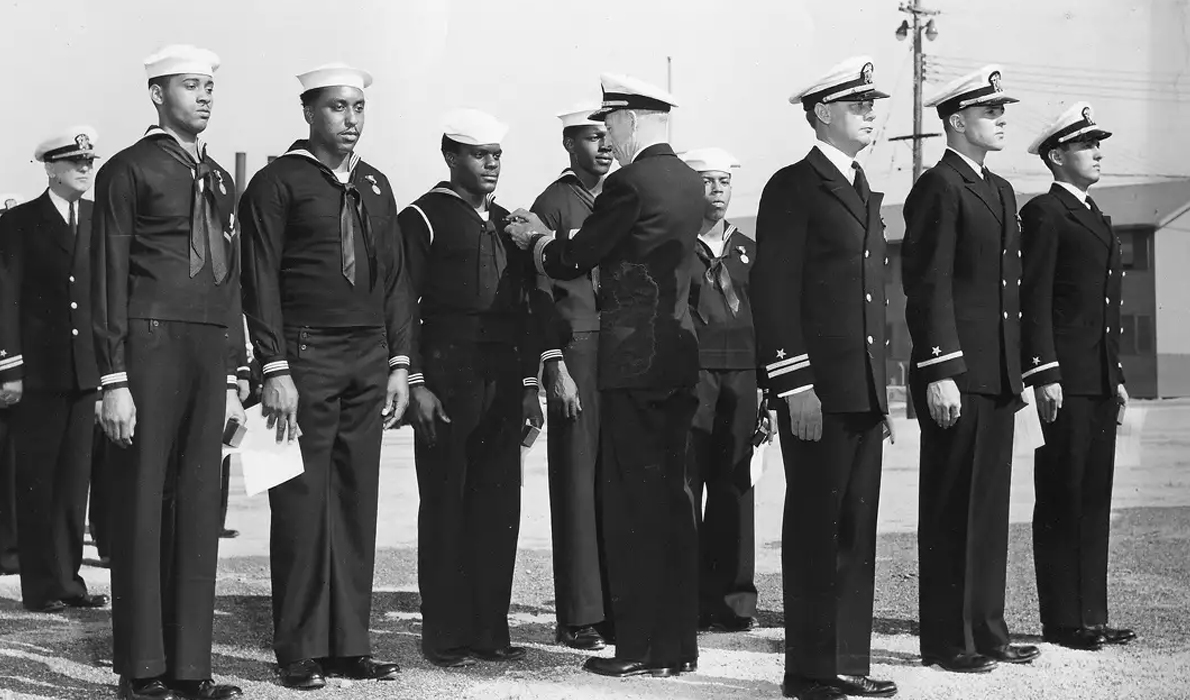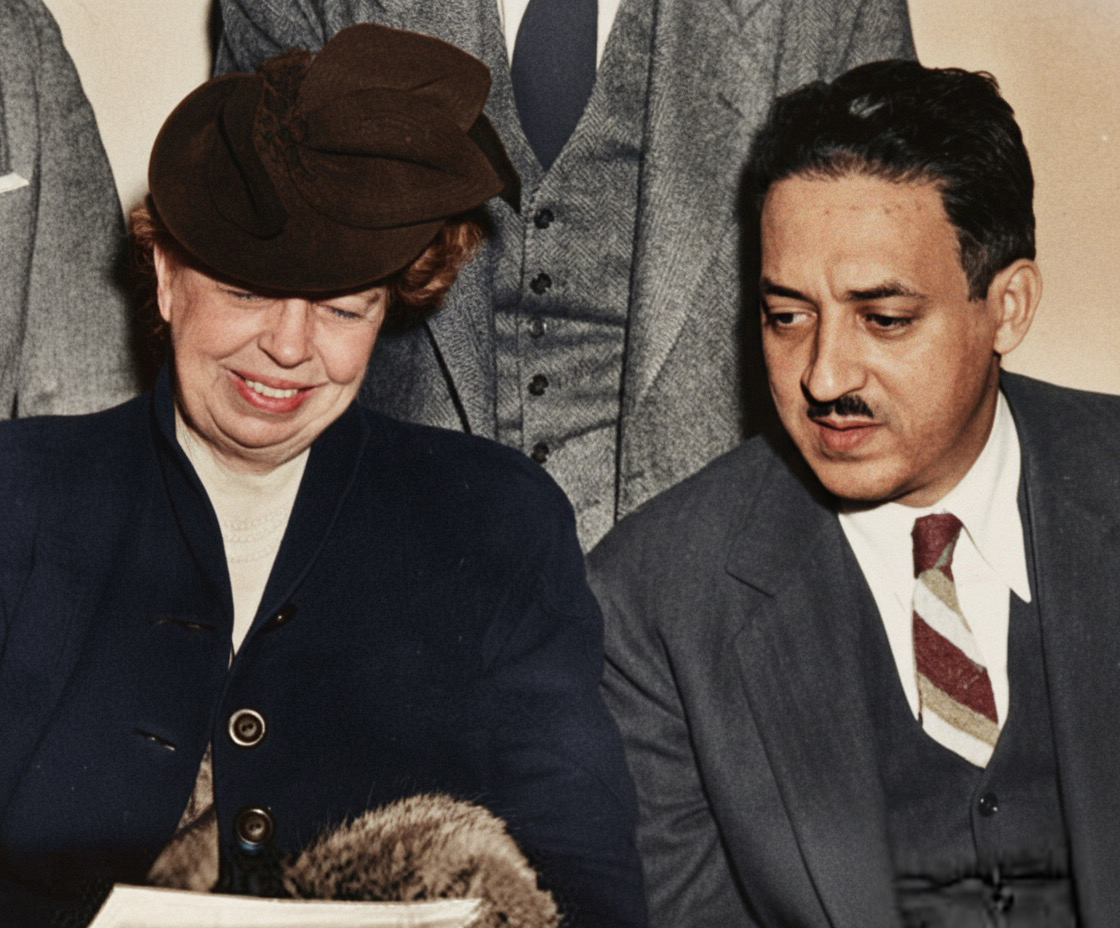Following the convictions, Marshall called for a formal government investigation into Port Chicago, and the NAACP drew on his interviews with the Sailors to craft a widely circulated
. The publication helped to galvanize over 100 thousand signatures demanding the men's release and an end to segregation in the Navy.
On April 3, 1945, Marshall formally appealed to the Navy’s Judge Advocate General, calling for the release of the Port Chicago 50. That same week, the NAACP deliverd its pamphlet directly to the White House. Within days, after reading the pamphlet, First Lady Eleanor Roosevelt wrote to the Secretary of the Navy, voicing her support for Marshall’s appeal.
Though the Navy officially denied Marshall's appeal in June 1945, it quietly moved to act on his recommendations.
Just four months later, a
confidential memo recommended that the Port Chicago Sailors be released from prison — but discreetly and without public acknowledgment. The memo warned that organizations like the NAACP had already made the Sailors "look like martyrs," and the Navy was determined to avoid any appearance that their freedom resulted from outside pressure.
On January 9, 1946, the Sailors were quietly released from prison and returned to active duty. Just one month later, in February 1946, following intense public pressure initiated by the Port Chicago protest, subsequent military protests, and Marshall's public appeal campaign, the Navy became the first federal institution to officially prohibit racial segregation.
Legacy of Heroism
For decades, the Port Chicago 50 carried the burden of a conviction rooted not in justice, but in racial discrimination — condemned by a system that punished them for demanding dignity and basic rights from the Navy. That long-standing injustice was reignited in 1989 with the release of Dr. Robert L. Allen’s groundbreaking book
The Port Chicago Mutiny, sparking a renewed movement for truth, accountability, and lasting recognition. In the decades that followed, historians, lawmakers, attorneys, civil rights organizations, and descendants united to tell the truth and demand accountability, building a movement that refused to let the Sailors’ courage and sacrifice be forgotten.
In 2024, on the 80th anniversary of the Port Chicago disaster, President Joe Biden and Vice President Kamala Harris joined the Navy in taking a historic step to right this wrong. Secretary of the Navy Carlos Del Toro officially exonerated the Port Chicago Sailors, clearing their records of all wrongdoing and fulfilling the justice that Marshall had fought for decades earlier. Though none of the Sailors lived to see this day, the nation at last honored their courage and affirmed their place in civil rights history. ⚑
“The Port Chicago 50, and the hundreds who stood with them, may not be with us today, but their story lives on, a testament to the enduring power of courage and the unwavering pursuit of justice."
- 78th United States Secretary of the Navy, Carlos Del Toro



